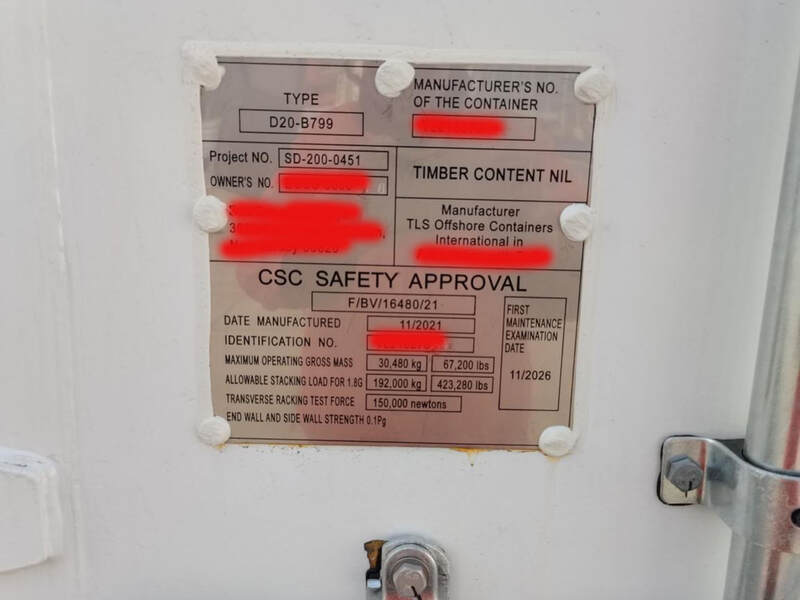|
The CSC (Container Safety Convention) nameplate, also known as the CSC safety approval plate, is a standardized identification plate required on all containers used in international trade. It certifies that the container has been inspected and found to meet specific safety standards. The CSC nameplate plays a critical role in ensuring the safety and integrity of containerized goods during transport. Here’s a breakdown of what is typically included on a CSC nameplate and what each part means: 1. **CSC Nameplate Description** - **Owner Name**: The legal owner of the container. - **Technical Data**: Key specifications of the container, such as dimensions, type, manufacture date, and maximum operating gross weight. - **Approval Number**: A unique identifier given to containers that pass the CSC inspection. - **Manufacture Date**: When the container was produced. - **Identification Number**: A unique number assigned to the container, often including the owner's code and a serial number. - **Max Gross Weight**: The maximum weight the container can safely carry, including the tare (empty) weight plus the maximum cargo weight. - **Tare Weight**: The empty weight of the container. - **Payload**: Maximum cargo weight the container can carry, calculated by subtracting the tare weight from the maximum gross weight. - **CSC Safety Approval**: A statement that the container has been inspected in accordance with the standards of the CSC and is deemed safe for transport. 2. **CSC Safety Approval** This is a certification that the container meets the requirements of the International Convention for Safe Containers (CSC). It signifies that the container has passed inspections and tests for strength, durability, and suitability for safe handling and transport in the global intermodal transport system. The CSC safety approval is critical for containers moving across different modes of transport, such as from ship to rail or truck. 3. **Approved for Transport Under Customs Seal** This phrase indicates that the container is approved to be sealed by customs authorities for international transport. The seal is a critical security feature, ensuring that the container's contents have not been tampered with since it was inspected and sealed by customs. Transport under customs seal helps in maintaining the integrity of the container's contents, facilitating smoother customs clearance. Importance of CSC Nameplate and Safety Approval - **Legal Requirement**: Having a CSC nameplate is a legal requirement for containers used in international shipping, ensuring they meet global safety standards. - **Safety**: Ensures that containers are structurally sound, minimizing risks to cargo, handlers, and transport operators. - **Efficiency in Customs**: Containers approved for transport under customs seal can move more quickly through customs, reducing delays and costs. In summary, the CSC nameplate and safety approval are fundamental to the international transport of goods, ensuring that containers are safe, secure, and suitable for the rigors of international trade. Comments are closed.
|
Archives
July 2024
Categories
All
|
- Home
-
Containerised solutions
- Intelligent pressurised container | MUD logging cabin
- Battery energy storage system (BESS) container
- Flexible grid tied battery storage system
- Laboratory container | workshop container | Equipment containers
- Temporary refuge shelter | Toxic gas refuge | Safe haven
- Offshore accommodation cabin | office container
- Reefer container | Refrigerated container
- Intelligent waste water treatment container
- Fresh water generator container
- Cargo Containers
- Product photos & videos
- News & Blogs
- Contact us
|
Featured products
Intelligent pressurised container Temporary refuge (TR) shelter, toxic gas refuge (TGR) Battery energy storage system (BESS) container Containerised waste water treatment plant Fresh water generator container Reefer container Laboratory container, Workshop container Accommodation container Offshore closed container |
All Rights Reserved 2020 © TLS Offshore Containers / TLS Energy
|



